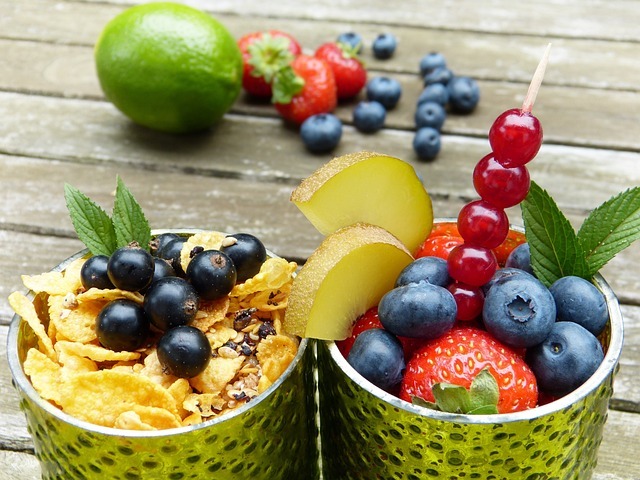What is a Low GI Diet?
Ever experienced an energy slump after indulging in sugary treats? That’s a sign of your blood sugar levels fluctuating. A Low Glycemic Index (GI) diet helps stabilize these levels. GI measures how quickly foods affect your blood sugar, and a low GI diet focuses on consuming foods that release energy slowly. This approach helps you stay full longer and maintain consistent energy throughout the day. It’s about choosing the right carbs, not eliminating them altogether.
Benefits of a Low GI Diet
- Steady Energy Levels: Enjoy a more consistent energy supply throughout the day and bid farewell to afternoon crashes.
- Weight Management: Stable blood sugar levels can make it easier to manage cravings and control weight.
- Improved Heart Health: Some research suggests a low GI diet may reduce the risk of heart disease.
- Better Blood Sugar Control: Especially advantageous for those managing diabetes.
Low GI Foods: Your New Best Friends
Wondering what to include in your diet? Opt for these low GI options:
- Whole Grains: Whole-wheat bread, quinoa, brown rice, and oats
- Lean Proteins: Chicken, fish, beans, lentils, tofu
- Fruits: Apples, pears, berries, oranges
- Vegetables: Leafy greens, broccoli, carrots, spinach
- Healthy Fats: Olive oil, avocados, nuts
High GI Foods: Tread Carefully
You don’t need to avoid these entirely, but moderation is key. Foods with a high GI can quickly raise blood sugar levels. Examples include:
- White bread
- White rice
- Potatoes
- Sugary drinks
- Processed snacks
Creating a Low GI Meal Plan
Successful adherence to a low GI diet involves thoughtful meal planning. Here’s how to get started:
- Focus on Balance: Combine proteins, carbohydrates, and healthy fats in each meal.
- Portion Control: Even low GI foods can affect blood sugar if consumed in large quantities.
- Read Food Labels: Check both the ingredient list and the glycemic index of products.
- Experiment with Flavors: Enhance your meals with herbs and spices to keep them exciting.
Common Misconceptions
- All Carbs are Bad: Not true. Good carbs from whole grains and fruits are vital for health.
- Low GI Equals Low Calories: Not necessarily. While low GI foods can support weight management, portion control remains important.
Is a Low GI Diet Right for You?
A low GI diet offers numerous benefits but might not be suitable for everyone. Consult a healthcare professional or registered dietitian if you have specific health conditions or dietary restrictions.
Making gradual changes and listening to your body is crucial. Tailor the low GI approach to fit your individual needs and preferences.
